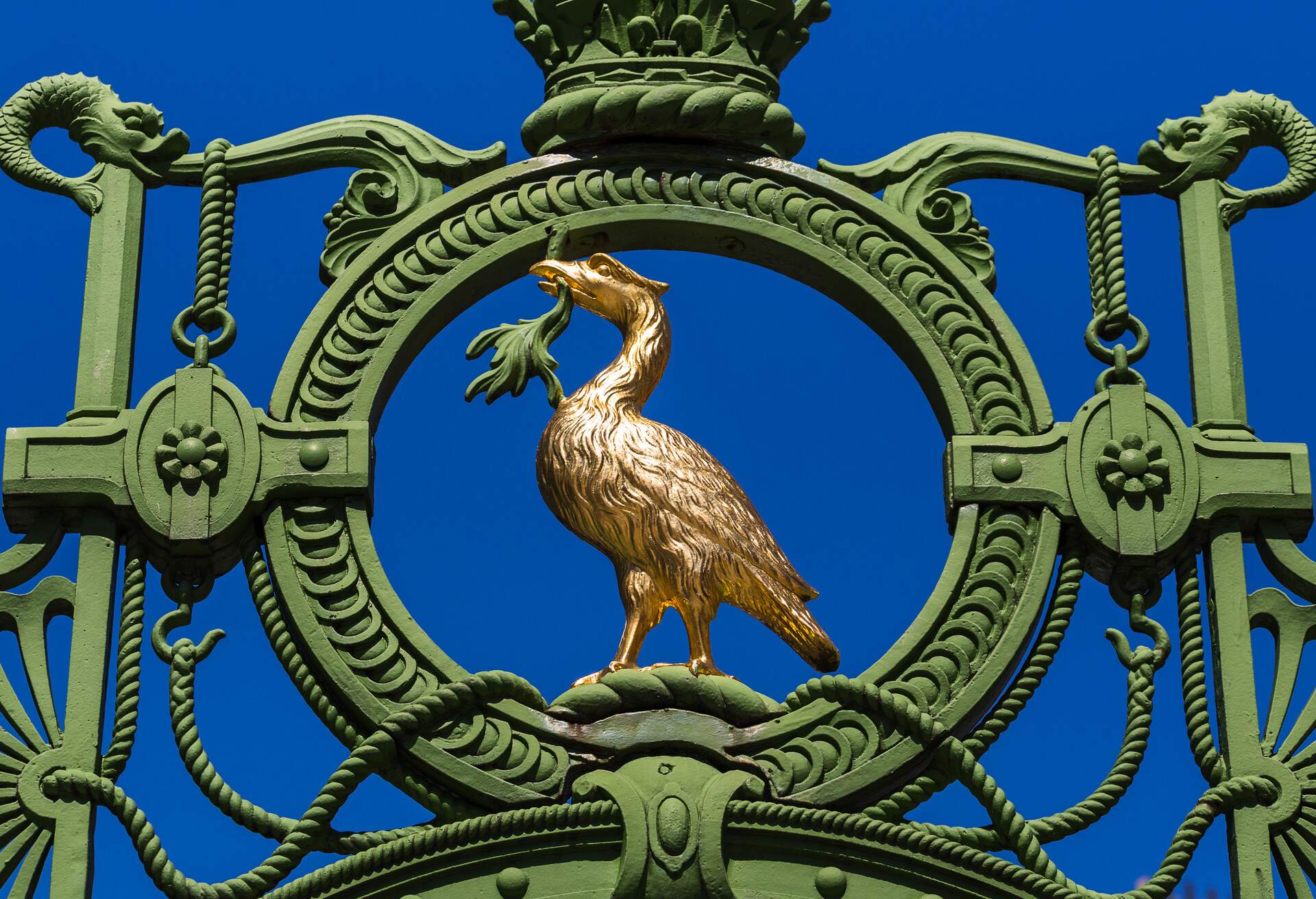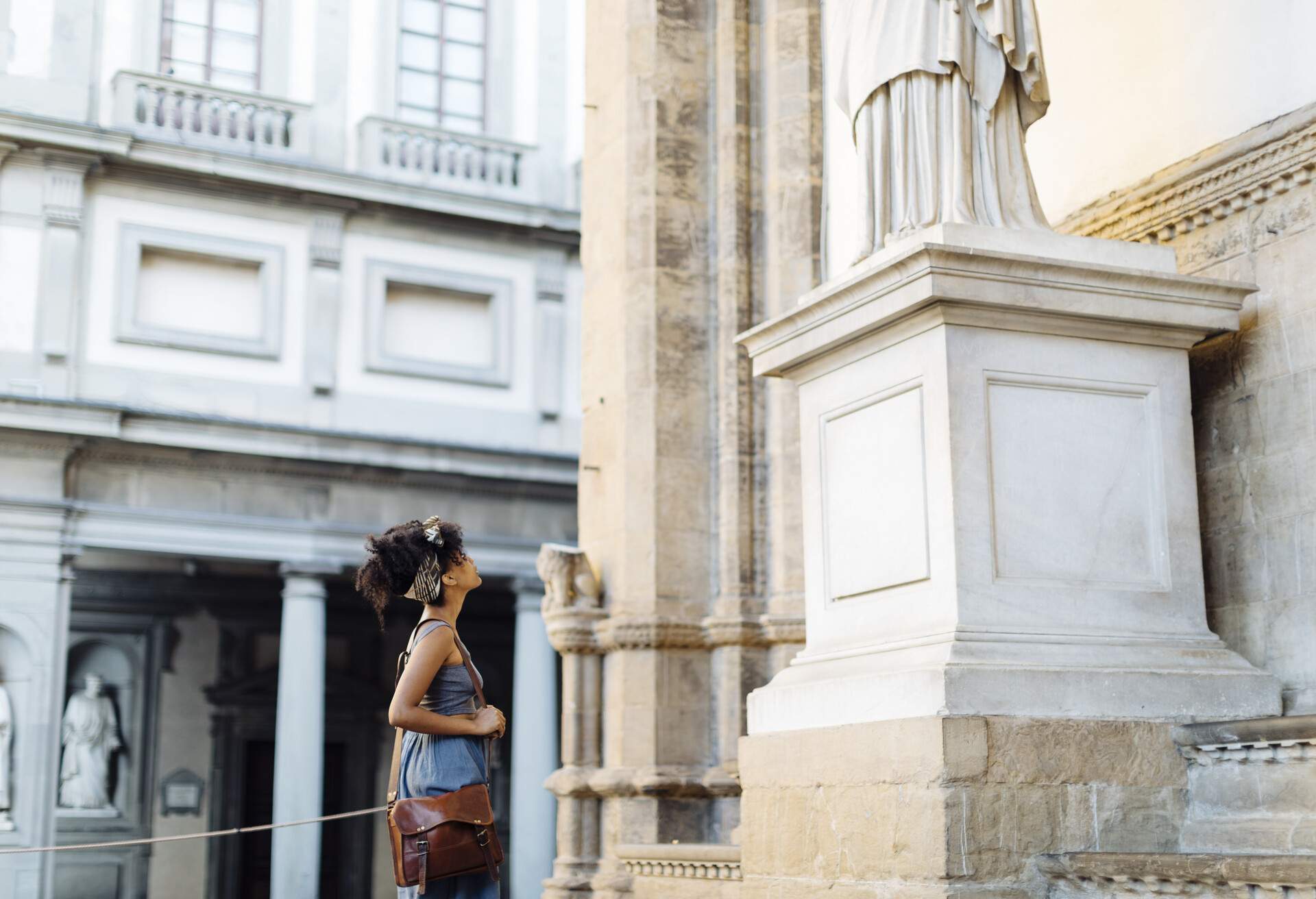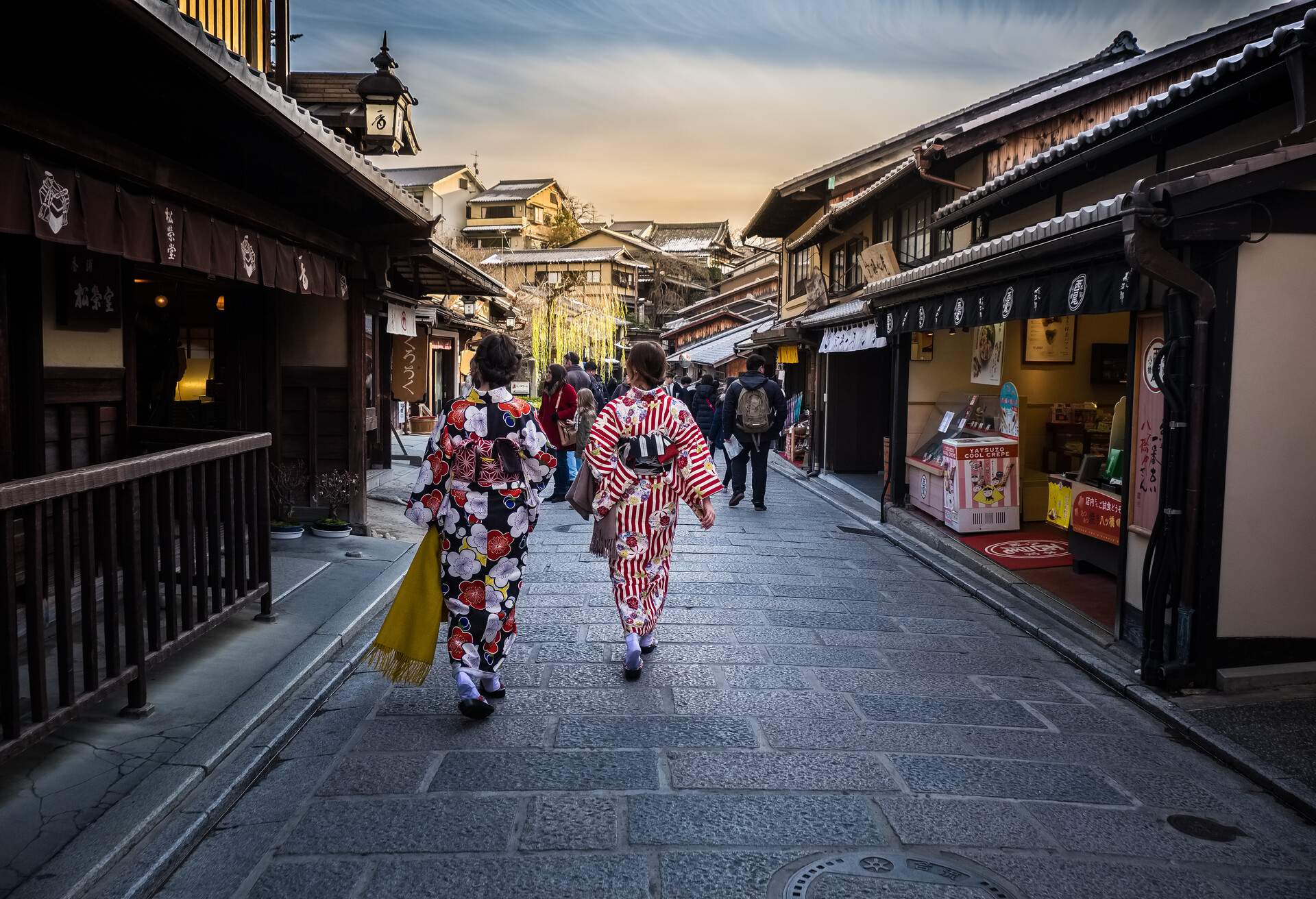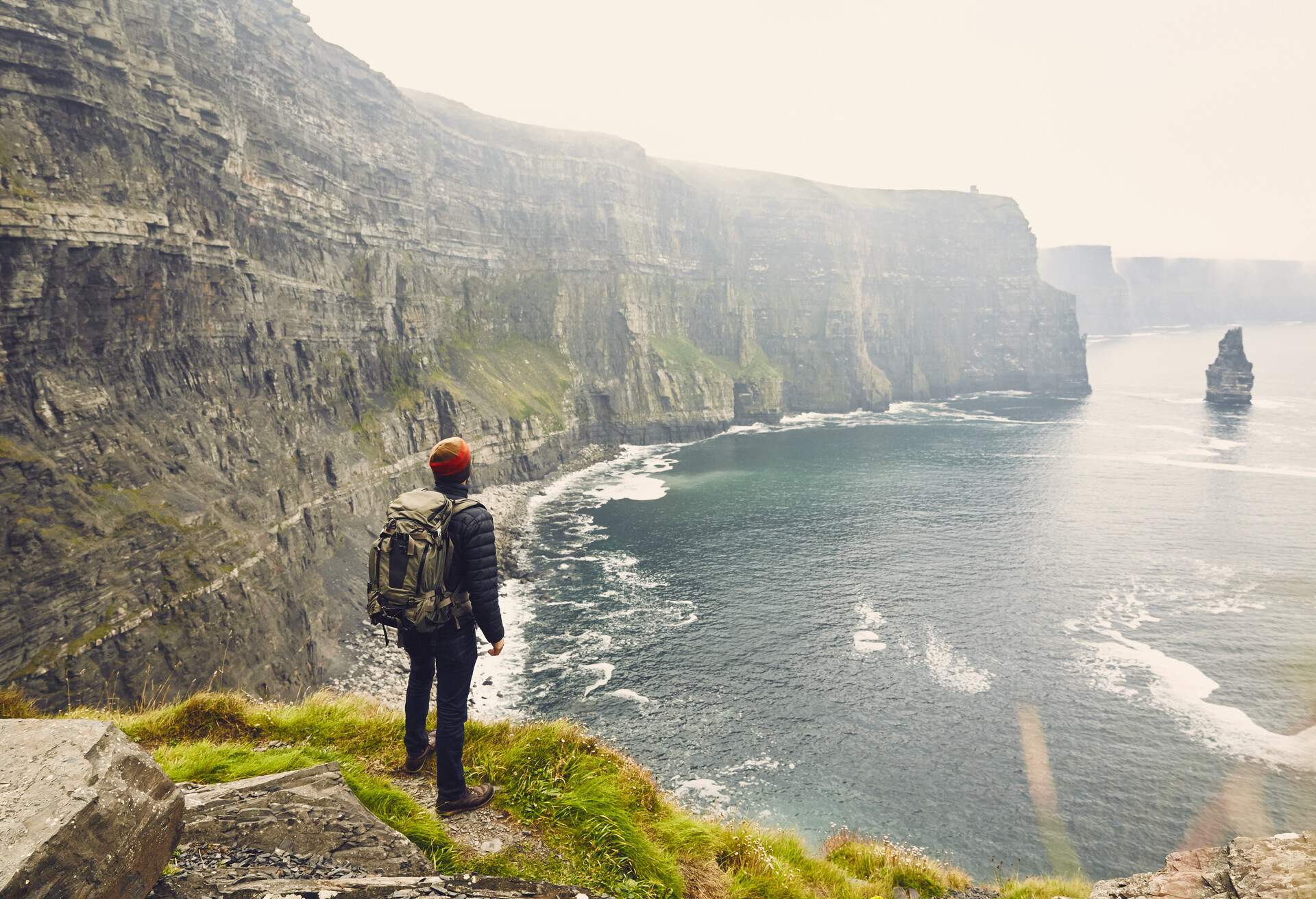There’s far more to Liverpool than its crazy nightlife scene, premier league football clubs, and legendary musical connections. Delve a little deeper and you might just discover a few things that could really elevate your experience of this brilliant UK city. Whether you’re a history nerd hoping to uncover a few hidden gems or you want to learn more about the city’s eclectic culture, here are ten interesting facts about Liverpool to help inspire your next trip:
Liverpool is home to Europe’s oldest Chinatown
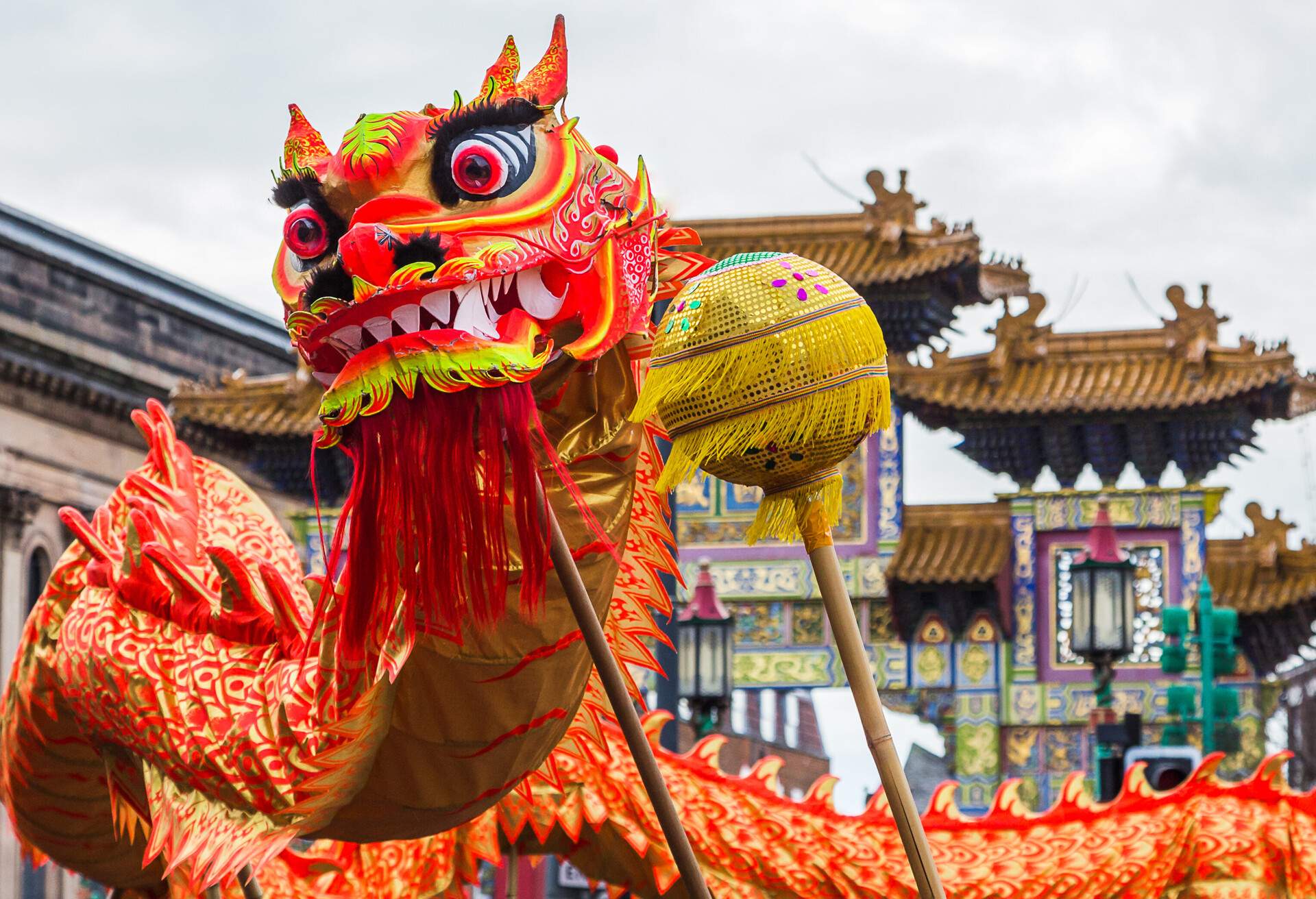
London and Manchester might host the UK’s biggest Chinatowns, but Liverpool takes the prize for the oldest. The city has had a thriving Chinese community for centuries thanks to its historic trading links which attracted sailors, traders and immigrants from all over the globe.
You’ll find Liverpool Chinatown just off Duke Street and a short stroll from the Liverpool ONE open-air shopping centre. While it may only consist of a few streets (namely Nelson Street), it’s jam-packed with restaurants and supermarkets where you can tuck into or buy authentic Chinese cuisine.
Another fun fact about Liverpool’s Chinatown is its impressive arch. The ornate structure, that’s adorned with hundreds of dragons and two magnificent lions, is the largest outside of China. It was gifted to the city by Shanghai in 2000, with each piece carefully dismantled, shipped across to the UK and then painstakingly reassembled.
The very first air-conditioned building is in Liverpool
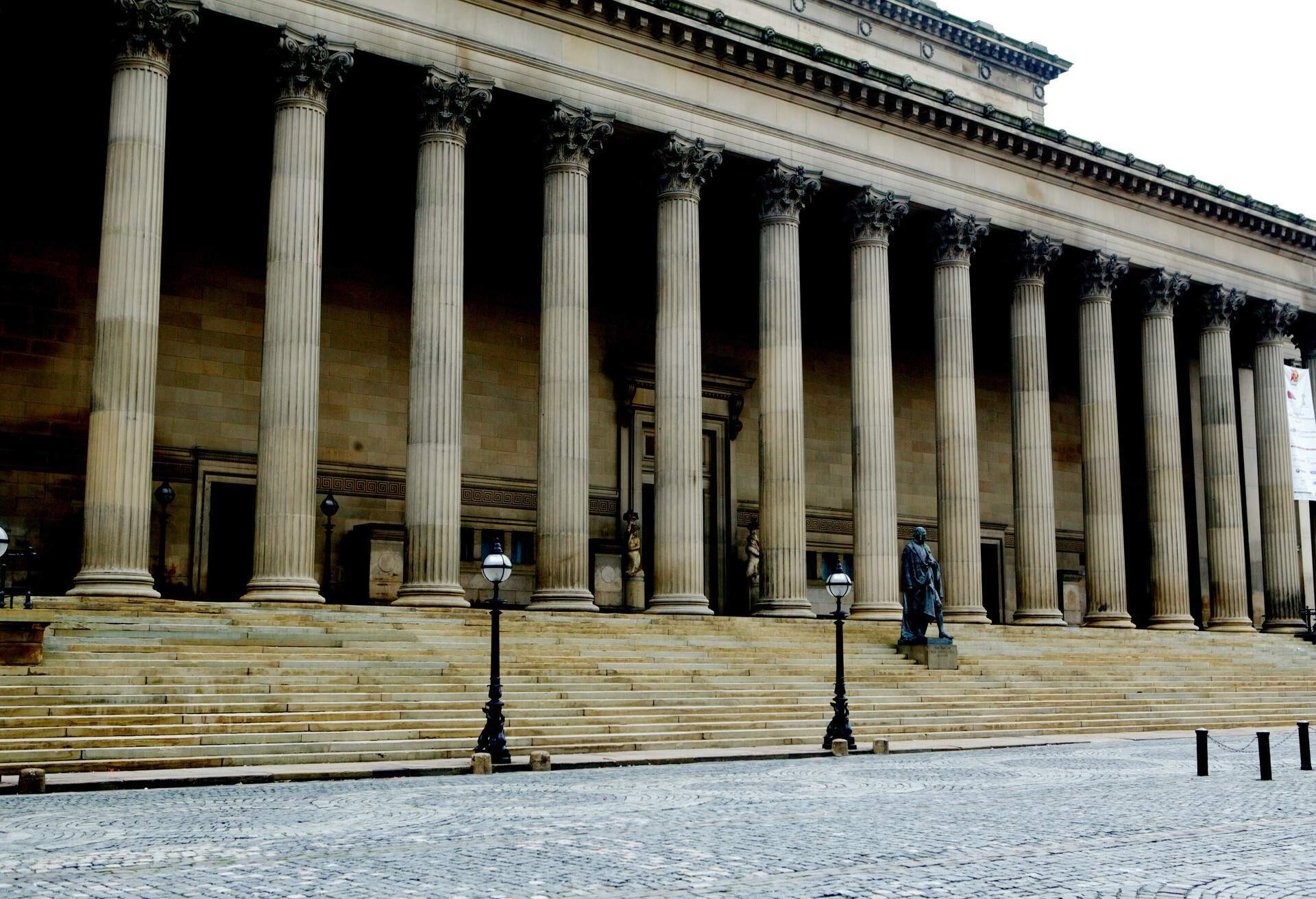
St George’s Hall sits just opposite Liverpool Lime Street station and it’s easily one of the most interesting places in Liverpool. Besides from its majestic neoclassical architecture and impressive Corinthian columns, the Grade I listed building is the location of the world’s very first air-conditioning system.
The hall was completed in 1853 and was designed to serve two purposes: as an events space and as the city’s new law courts. The building’s size made it rather draughty, so an inventor named Dr Boswell Reid trialled a ventilation system in the basement which used water pipes and steam-powered fans to circulate hot and cold air. Keep an eye out for the blue plaque near the entrance which commemorates this scientific feat.
Charles Dickens also famously performed at the hall several times during the 19th century. He usually staged readings in the beautiful Small Concert Hall which is still used for events today. Nothing on during your stay? Join a guided tour of the building or book tickets for The History Whisperer experience instead. Both give you access to the building’s Victorian law courts and cells, plus St George’s majestic Great Hall with its lavish painted ceiling.
After London, Liverpool hosts the most museums in the UK
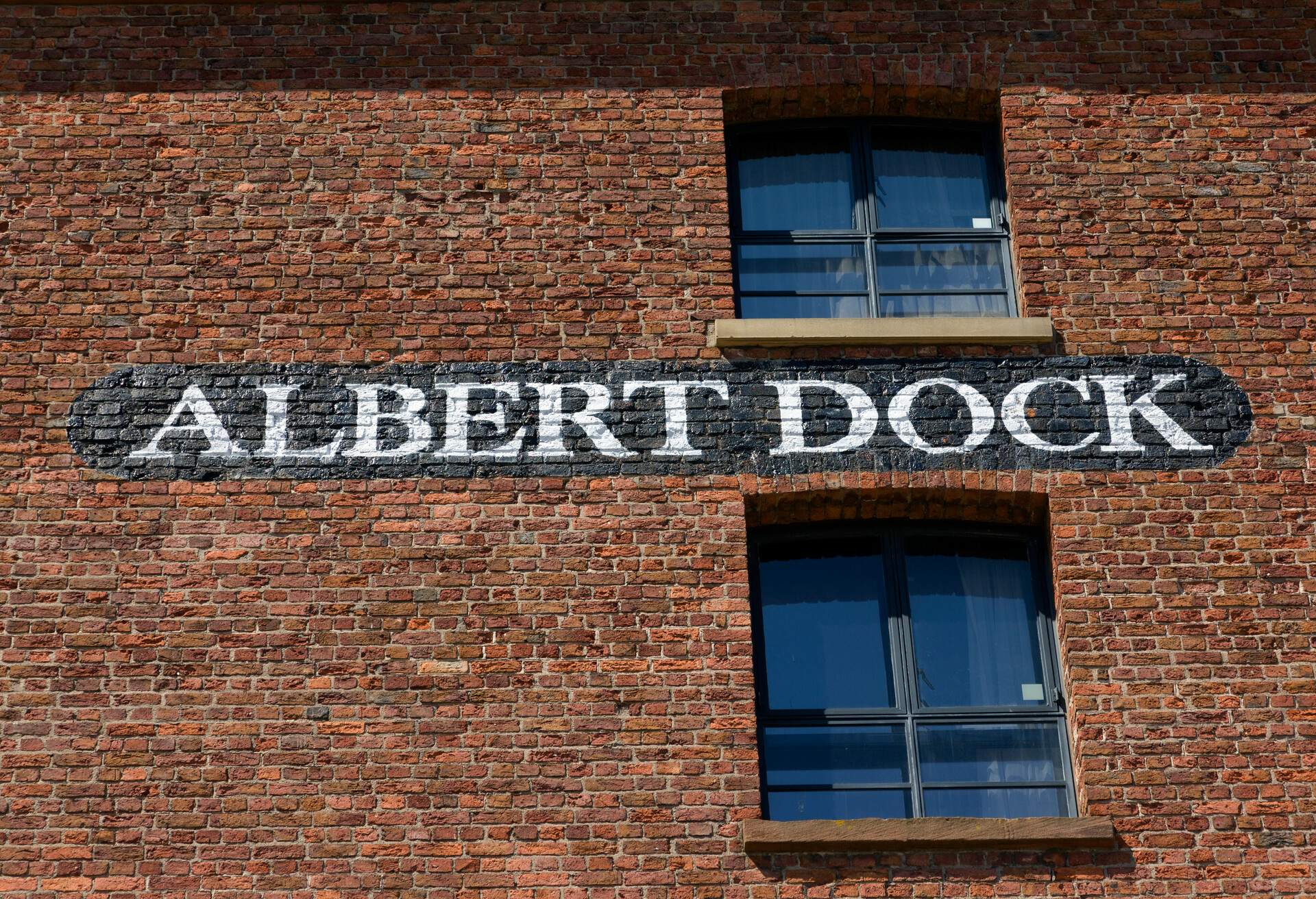
With no fewer than 10 museums to visit, it’s safe to say Liverpool is a fantastic place to learn a new thing or two. Ticking some of them off is easily among the best things to do in Liverpool. There’s an option to suit almost every interest, plus most are completely free to enter.
The Royal Albert Dock (which was opened by Queen Victoria’s husband, Prince Albert, in 1849) is a great place to begin. As well as hosting numerous shops, bars, restaurants and hotels, it’s also home to some of the city’s top museums. The Museum of Liverpool gives a great general overview of the city’s past, while the Maritime Museum is packed with information about the city’s nautical heritage, including the ill-fated Titanic.
Just above the Maritime Museum is the International Slavery Museum (the only museum of its kind) whose exhibits shine a light on Liverpool’s historic links to the slave trade. Would you rather focus on more recent history? Check out the immersive Beatles Story museum or the modern artwork in the Tate Liverpool. A short walk down the waterfront is also where you’ll find the British Music Experience tucked inside the Cunard Building.
Another museum hub in Liverpool is William Brown Street near St George’s Hall. It hosts a string of wonderful venues, including the World Museum (which features a brilliant planetarium), the Walker Art Gallery (a must-visit for fine art aficionados), and the Liverpool Central Library (whose staircase supposedly inspired J.K. Rowling’s descriptions of Hogwarts’ moving stairways).
The Beatles performed at the Cavern Club nearly 300 times
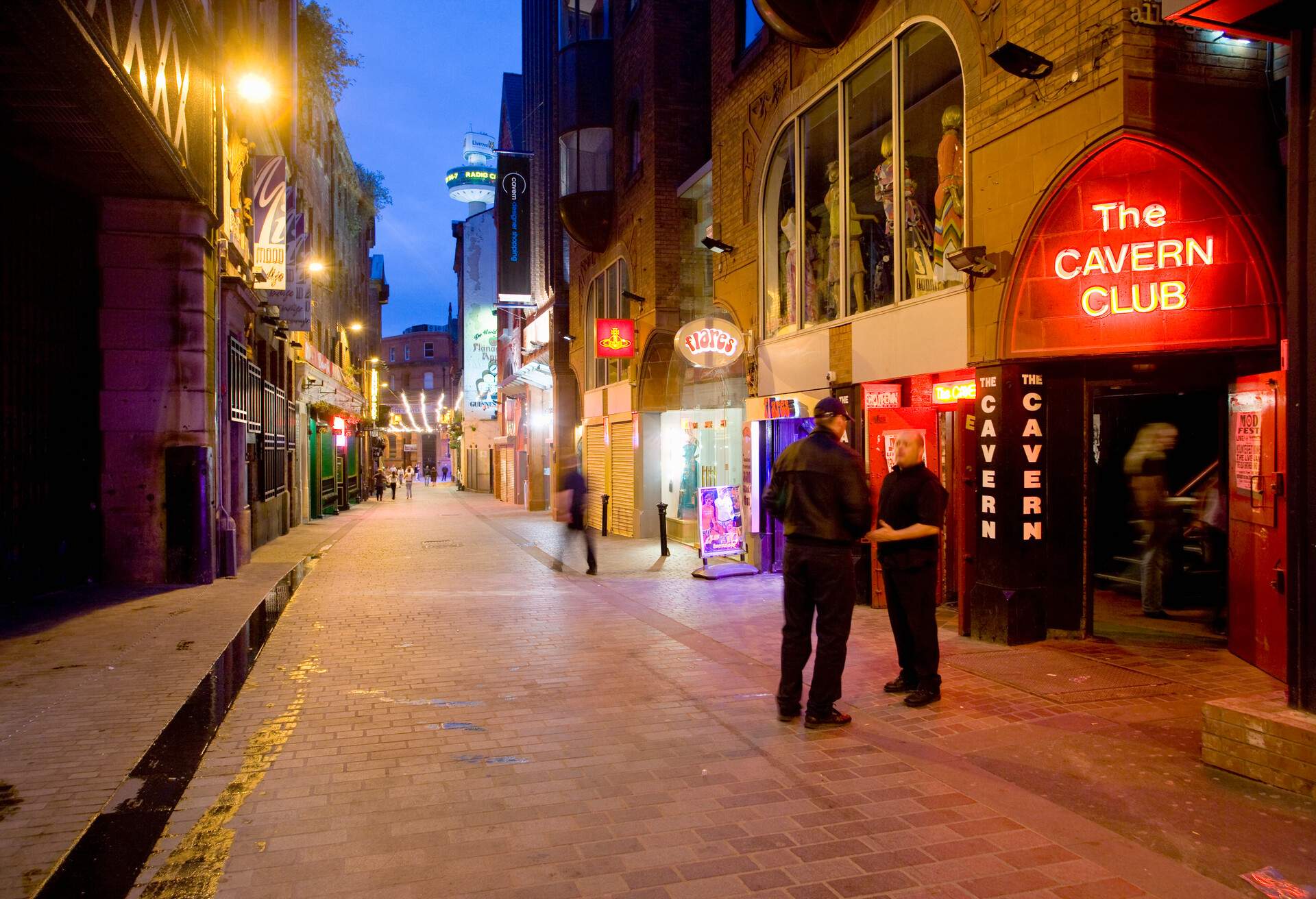
Liverpool is hands-down one of the best destinations in the UK for music lovers, with 2023 set to see the city host the 67th European music song contest. Many major bands have hailed from the Merseyside capital, from girl groups like Atomic Kitten to the hugely influential Beatles.
The so-called Fab Four all grew up in the area and played some of their very first shows in the city, including 292 performances at the iconic Cavern Club on Mathew Street. The underground club sits in what’s now called the Cavern Quarter of the city and was arguably the birthplace of British pop.
The original Cavern Club no longer exists (it was closed in the early 1970s to make way for an underground railway), but you can still see the original arches of the building. The newer Cavern Club is filled with Beatles memorabilia and is a brilliant place to listen to live music.
The city features in countless movies and TV shows
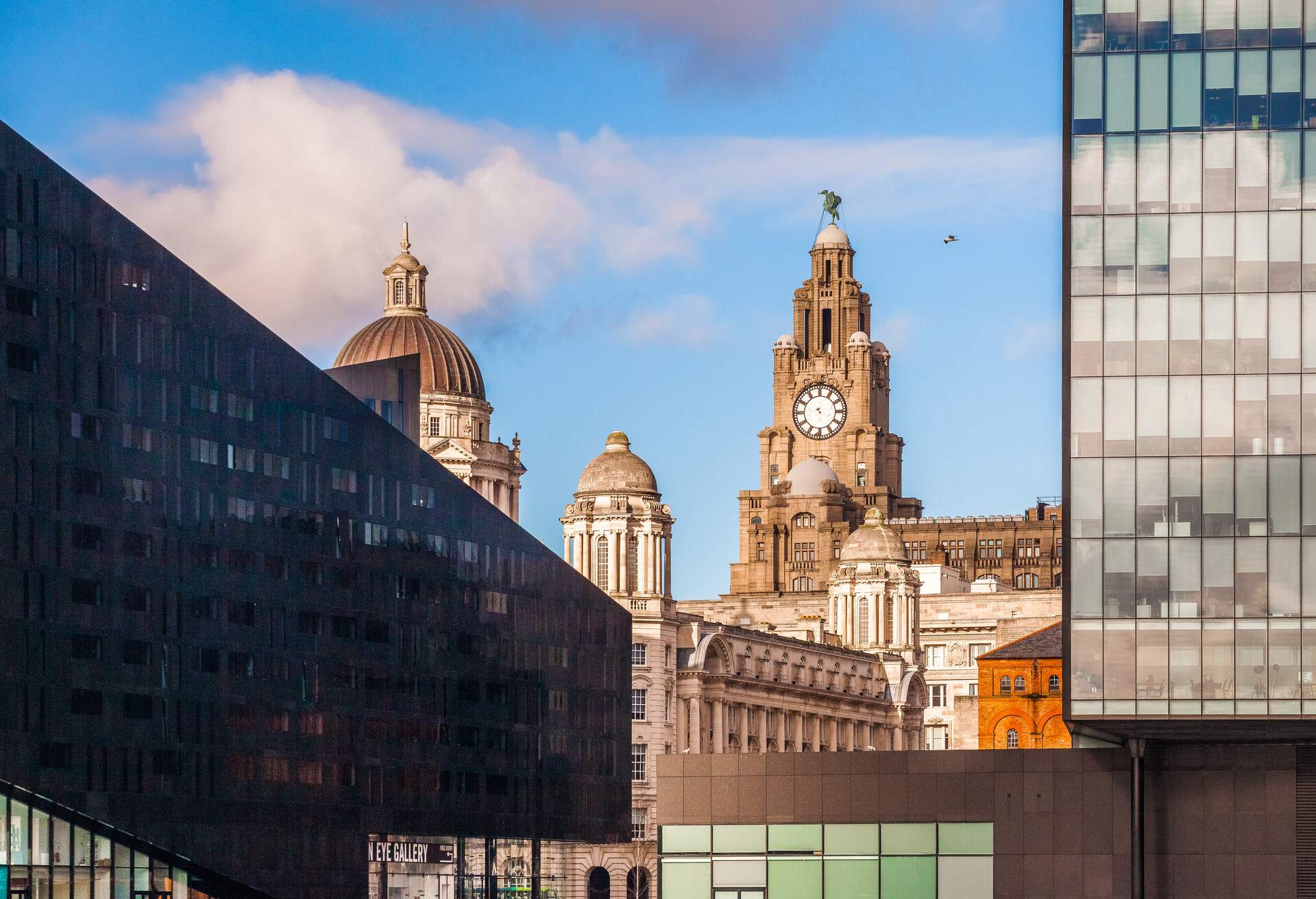
Film buffs will love this fun fact about Liverpool. The sheer range of architectural styles scattered about the city — from Georgian townhouses and Victorian warehouses to elegant Edwardian-era skyscrapers — has made it a popular backdrop for many films and TV shows over the years.
You’ll recognise the Royal Liver Building from some of the world’s favourite superhero blockbusters, while the Birkenhead Tunnel (one of two road tunnels connecting the city to the Wirral) and the magnificent St George’s Hall have appeared in several major fantasy movies.
Want to know a fun Albert Dock fact? It’s been used as a set in several TV shows over the years, especially period dramas due to its wonderfully authentic 19th-century architecture.
‘Scouse’ isn’t just a nickname for the locals

Liverpool is famous for its friendly locals who, as well as being called Liverpudlians, are often fondly referred to as Scousers. Did you know, though, that the term ‘Scouse’ actually stems from the city’s speciality dish?
Traditionally, Scouse is a hearty stew made from beef, potatoes, carrots and onions. While it sounds similar to Irish stew, it’s actually thought to be a version of Norweigan Labskaus which was probably brought to the city hundreds of years ago by visiting sailors.
Many consider Scouse one of the UK’s national dishes and several pubs still serve it in the city today. Seek it out if you’re craving something rich and comforting after a long day soaking up Liverpool city’s history.
Liverpool Cathedral is the largest cathedral in the UK
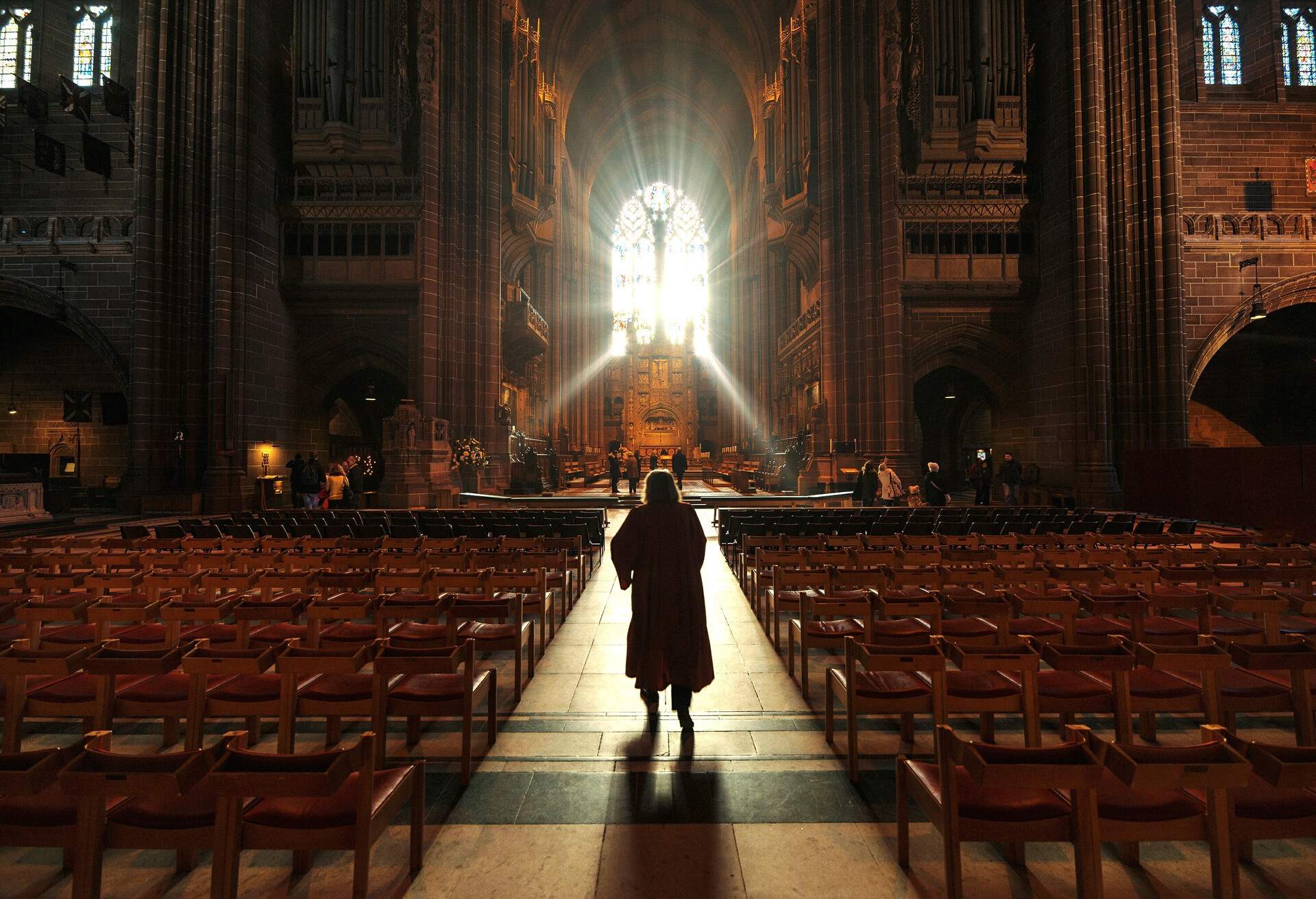
Step aside, Westminster Abbey! It’s Liverpool’s Anglican Cathedral that holds the title of the UK’s largest cathedral. A major monument on the city’s skyline, you’ll find it on St. James Mount and it’s well worth popping into if you’re exploring the gorgeous Georgian Quarter.
At 189 metres long and 101 metres tall at its highest point, it truly is mammoth! It took a whopping 74 years to construct, with the building only officially finished in 1978. Entering the cathedral is a truly memorable experience. Highlights include the stained-glass windows in the Lady Chapel depicting British women who had an important impact on the nation’s history. There’s also a hot pink neon art installation by Tracy Emin just below the West Window and a huge pipe organ that’s the biggest in the UK.
If you’ve got time, stroll down into St James Mount Gardens. The peaceful cemetery is the final resting place of over 50,000 people, including some of Liverpool’s most famous historical figures.
The famous Liver birds are called Bella and Bertie

The Royal Liver Building is easily one of the most photographed attractions in Liverpool. You’ll find it on the Mersey Riverfront, right next door to the Cunard Building and the Port of Liverpool Building. All three were built in the early 20th century and their beautiful architecture has earned them the nickname the ‘Three Graces’.
The Liver bird — a mythical creature similar to a cormorant — has been the symbol of Liverpool for over 800 years. It appears on the city’s official coat of arms, on Liverpool F.C.’s crest and, perhaps most famously, atop the Royal Liverpool Building.
Look up at the Liver Building from the Beatles Statue on George Parade and you’ll spot two 18-feet-tall Liver birds perched on top of its clocktowers. They’re named Bertie and Bella. The former watches over the city, while the latter faces out to sea to help guide sailors home.
Liverpool hosts the world’s first wet dock — and you can still visit it today
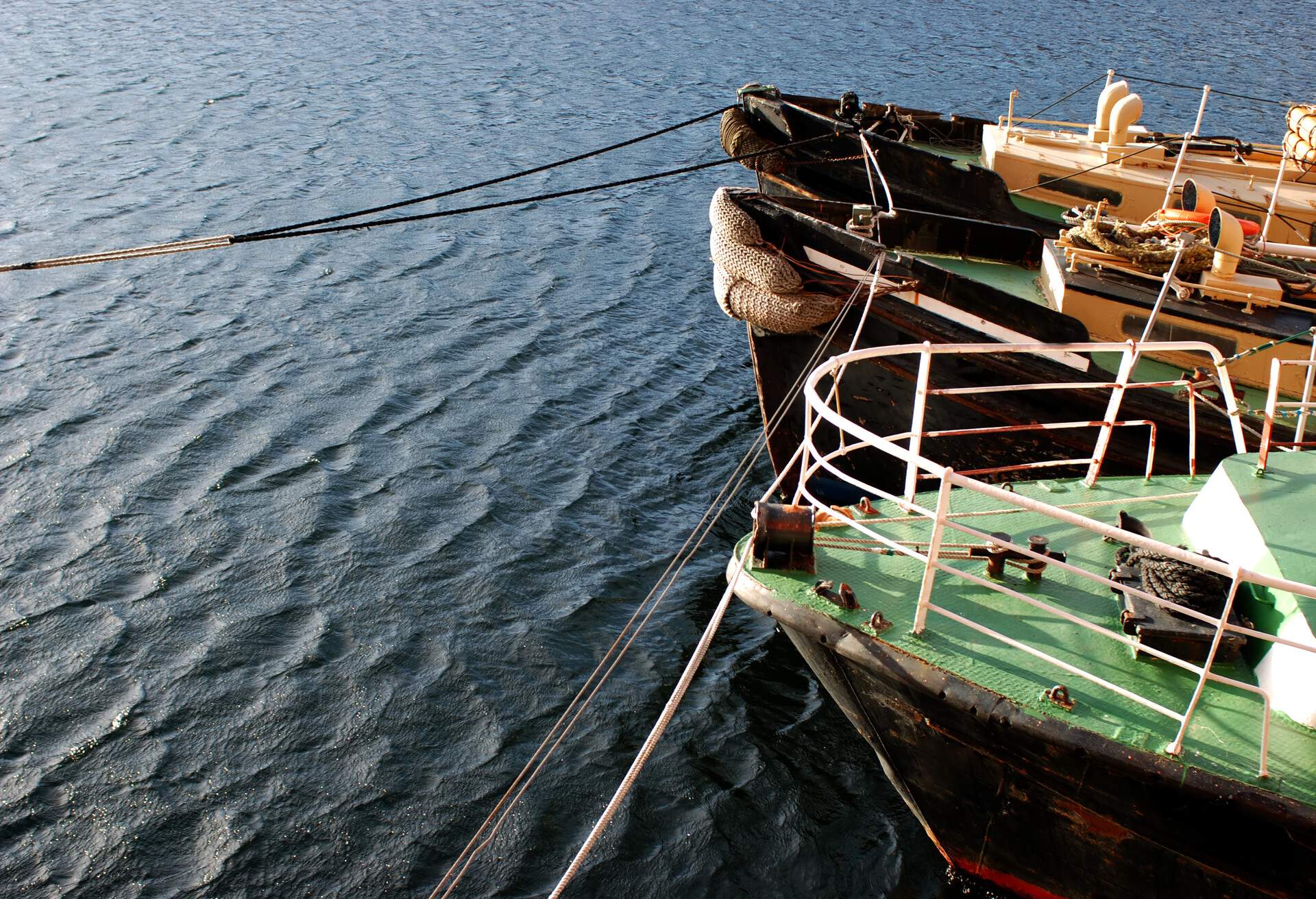
Perhaps one of Liverpool’s best hidden gems is the 300-year-old dock that lies underneath Liverpool ONE. First opened in 1715, its ingenious design allowed ships to dock and unload cargo without having to rely on the tides of the River Mersey estuary.
The wet dock (now nicknamed the Old Dock) took five years to build and cost a massive three million pounds in today’s money. All that hard work and dedication helped Liverpool become one of the most successful trading ports on the planet.
Strolling around the shops above, you’d have no idea that such an historic relic was located beneath your feet. While the Old Dock isn’t open to the public, you can catch a glimpse of it from the circular window in the pavement just outside John Lewis. Regular guided tours of the Old Dock are also run by the Maritime Museum.
The iconic Beatles statue is dripping in symbolism
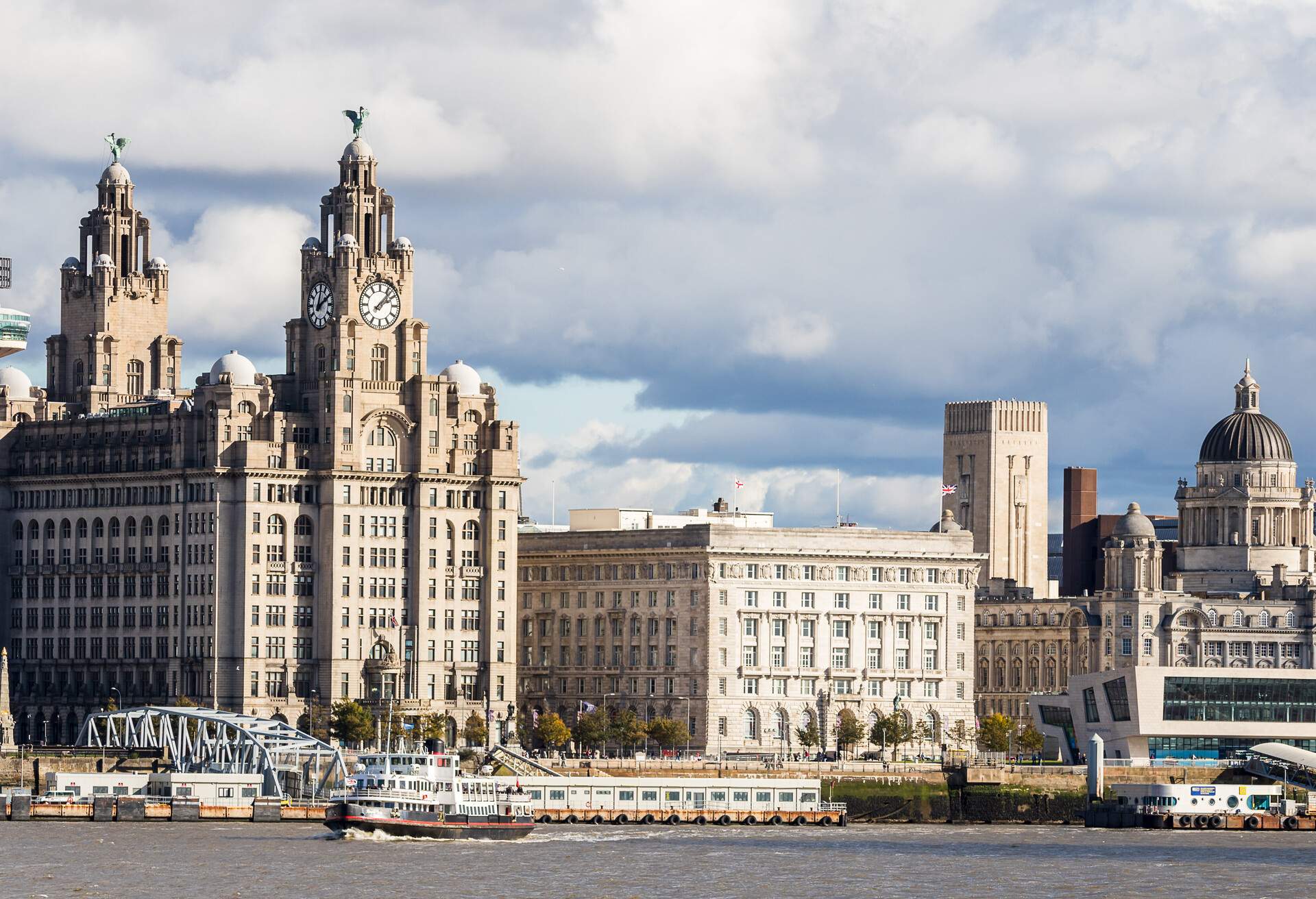
There’s no shortage of destinations in Liverpool with links to the Beatles — from gig venues like the Cavern Club to even the city’s John Lennon International Airport. Perhaps the most accessible, though, is the brilliant Beatles Statue that’s perched just in front of the Cunard Building on the riverfront.
The lifesize bronze statue (which was donated to the city by the Cavern Club in 2015) doesn’t just give you the perfect opportunity to pose for a selfie. Look a little closer at the statue and you’ll uncover several personalised facts about Liverpool’s most famous musical quartet.
John Lennon has two small acorns in his right hand which represent the ones he and Yoko Ono gifted to world leaders as gestures of world peace. Similarly, George Harrison’s belt features Sanskrit script; a nod to his Hindu beliefs. Paul McCartney clasps a camera which is thought to signify the one given to him by his first wife, Linda. And finally, take a peek at the bottom of Ringo Starr’s shoe. A tiny number eight is carved into the sole and it’s a reference to the L8 postcode area of Liverpool where he grew up.
Intrigued by all our fun facts about Liverpool? Plan your next trip to this buzzing city in North West England and get ready to pack your itinerary with heaps of lesser-known sites and attractions.
